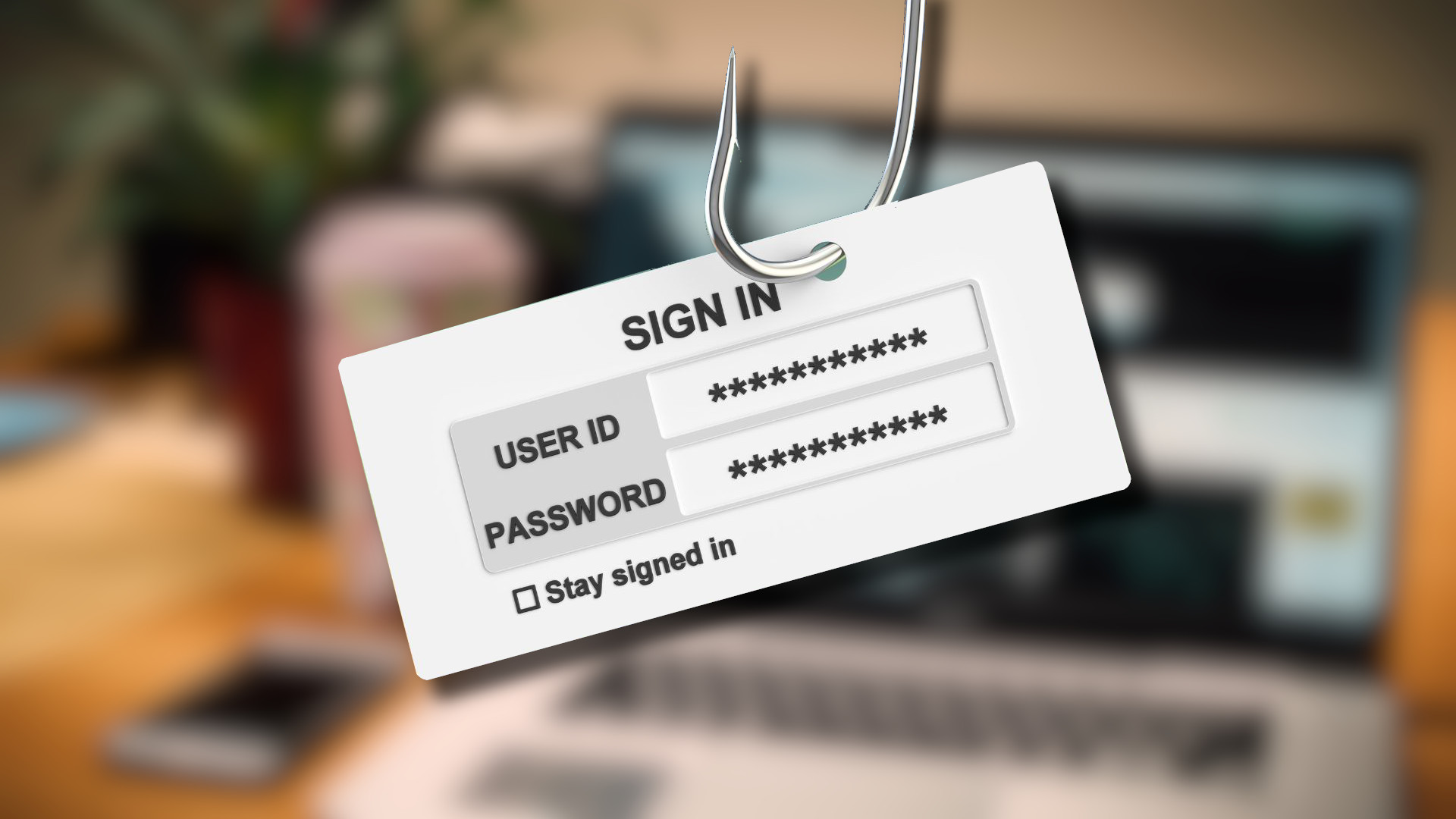Businesses have explored many approaches to educating their staff members about phishing and social engineering. However, even now, human error remains the primary cause of over 90% of data breaches. Not much has changed in the last five years! Just how difficult is learning? Maybe there’s a better training program we can employ.
While traditional classroom training is effective for presenting concepts, it is not the ideal method for ensuring employees learn these concepts and can apply them in real-world situations. A better approach must exist, such as role-playing activities that promote critical thinking when confronted with a real-life phishing or social engineering threat.
Ten Proficiencies Developed through Simulation Practices
Through realistic simulations, your staff can gain competencies that will improve the security of your company. Your staff can profit from simulation exercises in the following 10 ways:
Detection of Phishing and Social Engineering Attempts
Understanding the appearance of phishing emails is the first line of defense against them. Hackers will usually disguise them to resemble the real thing. Still, there will always be indicators to alert you that these download requests, links, or even straightforward email messages are not to be trusted.
Knowledge of Safe Online Conduct
You shouldn’t browse the internet carelessly because your machine has built-in anti-malware technology. Take precautions every time you use the internet to keep yourself safe. Some helpful precautions include using only https websites, avoiding public Wi-Fi, and turning off the auto-fill feature in forms.
Developing Robust Passwords To Prevent Phishing and Social Engineering Attacks
We are aware of how crucial it is to use secure passwords for every account. Many employees forget, maybe because there are so many passwords they need to remember. Exercises that simulate password cracking can show how simple hackers can find a password. Seeing this would successfully lead the lecture and instruct participants to create complicated, lengthy passwords. Using an effective password manager and multi-factor authentication can also help.
Utilizing Social Media Caution
A typical person uses social media for 2.5 hours per day. This is a long period during which cyber predators can easily target you. Adopting safety measures such as restricting the sharing of private information, avoiding dubious apps, and exercising general awareness, you can reduce the danger.
Use caution when downloading files.
There’s no space for complacency—even files from reliable sources can contain viruses. You must develop the practice of scanning all files before downloading them and never open files from senders you are unfamiliar with.
Using Data Encryption on Phishing and Social Engineering
These days, data communication is so commonplace that some people overlook the need for security. It is more important than ever to employ the most innovative tools and to safeguard any devices used for these transfers to keep all data transfers as safe as possible.
Making Use of Physical Security on Phishing and Social Engineering
Don’t neglect physical security procedures, even though cybersecurity needs to be a top priority. Through simulation, you may witness how easy it is for a hacker to access a system through an unattended device or how simple it is to pass through an unguarded building entry point.
Sustaining Distance Security
Cybercriminals may gain access to the organization’s network if employees use public Wi-Fi for work-related purposes. Among the subjects covered by simulation exercises should be home network security, using VPNs safely, and public hotspot safety procedures.
Preventing Malware Threats
A fantastic technique to teach staff members to minimize malware threats is through phishing simulation. They will learn through these exercises what not to do, which can improve their chances of staying safe in real life.
Taking Charge of Intriguing Activities
Ultimately, social engineering and phishing simulation exercises will instruct staff members on what to do if they fall victim to a cyberattack. Besides spotting attacks, there will be guidelines on reporting verified incidents.
Has your data been hacked? Download our Infographic, “The Top 10 steps to take if you think you have been hacked.” If you’d like, call us and we can talk about how we can customize data security for your unique needs!



